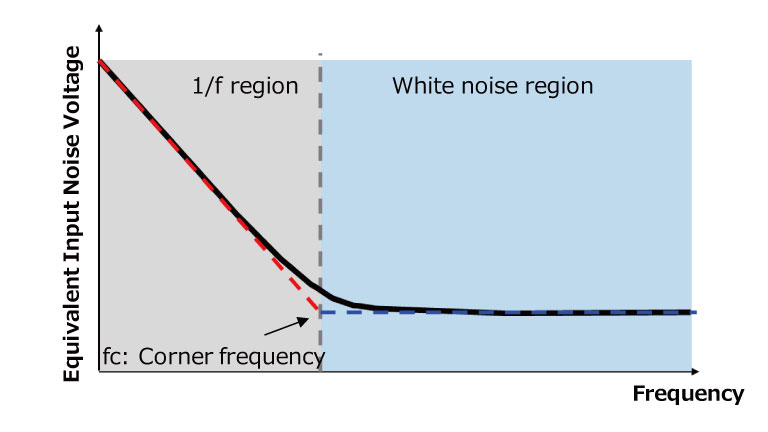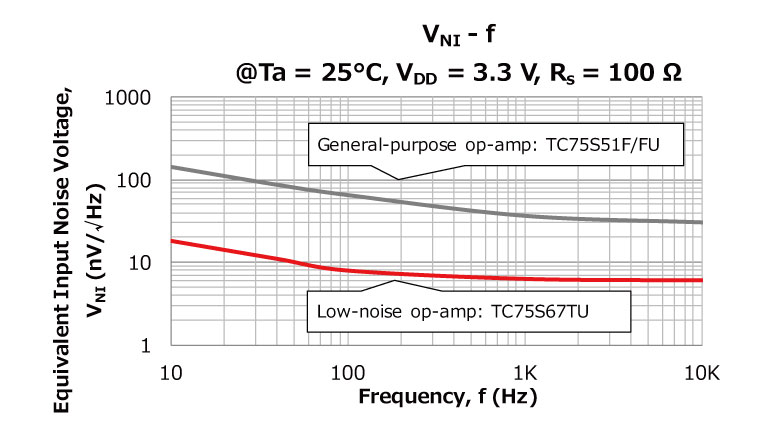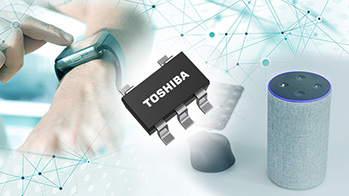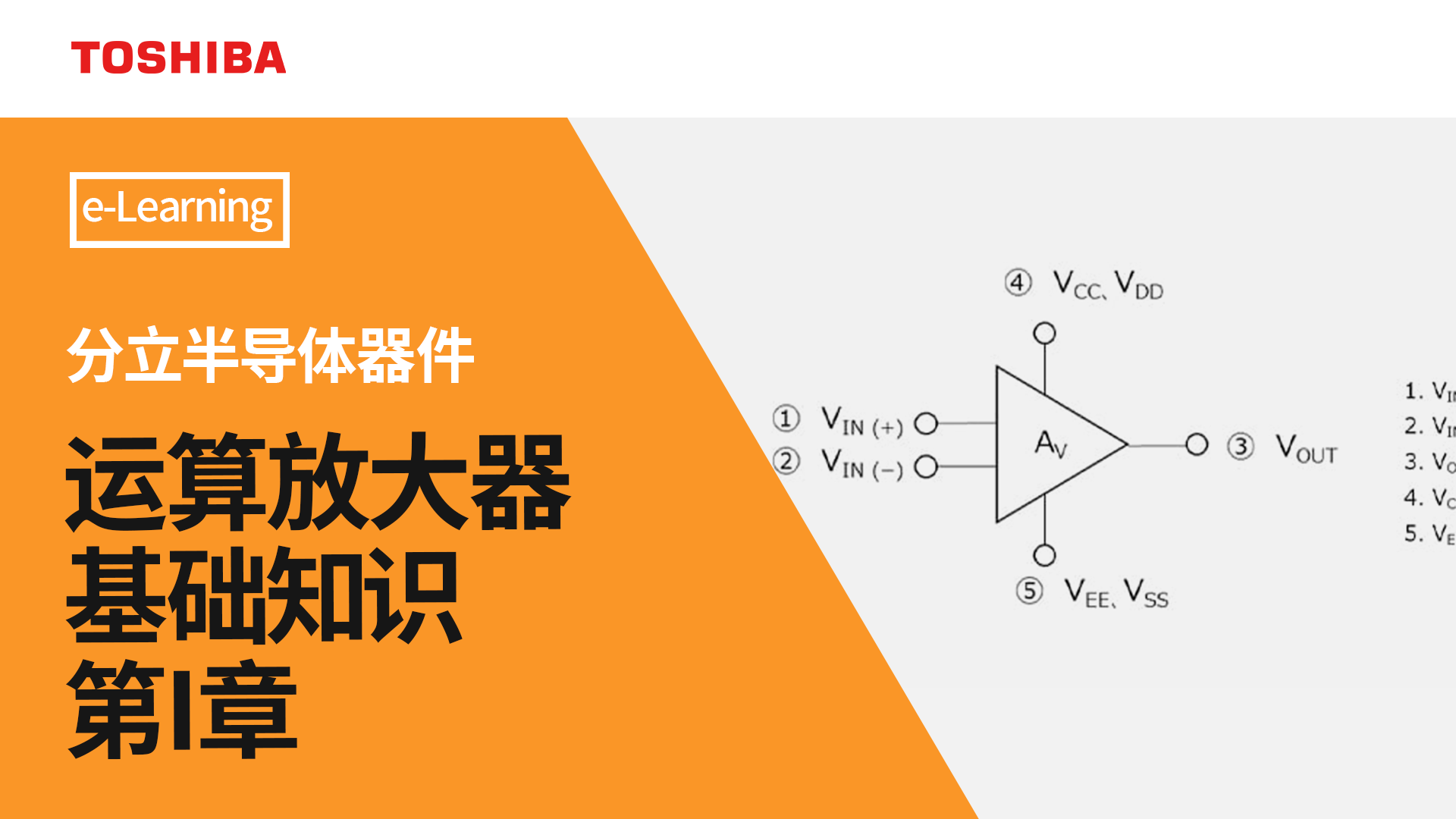- 型号 & 关键词搜索
- 交叉搜索
- 参数搜索
- 库存查询与购买
This webpage doesn't work with Internet Explorer. Please use the latest version of Google Chrome, Microsoft Edge, Mozilla Firefox or Safari.
请输入3个以上字符 Search for multiple part numbers fromhere.
The information presented in this cross reference is based on TOSHIBA's selection criteria and should be treated as a suggestion only. Please carefully review the latest versions of all relevant information on the TOSHIBA products, including without limitation data sheets and validate all operating parameters of the TOSHIBA products to ensure that the suggested TOSHIBA products are truly compatible with your design and application.Please note that this cross reference is based on TOSHIBA's estimate of compatibility with other manufacturers' products, based on other manufacturers' published data, at the time the data was collected.TOSHIBA is not responsible for any incorrect or incomplete information. Information is subject to change at any time without notice.
请输入3个以上字符
哪些类型的噪声会影响运算放大器?
如下图所示,运算放大器中会出现以下噪声:
- 1/f噪声取决于频率
- 与频率无关的白噪声


下面比较了东芝的TC75S51FU CMOS通用运算放大器和TC75S67TU CMOS低噪声运算放大器。
与通用运算放大器相比,低噪声运算放大器产生的白噪声较少并且具有较低的转折频率。
通用TC75S51F/FU:白噪声≈30nV/√Hz(f=10kHz时),转折频率(fc)≈300Hz
低噪声TC75S67TU:白噪声≈6nV/√Hz(f=10kHz时),转折频率(fc)≈100Hz
运算放大器中会产生1/f噪声和白噪声,二者均定义为等效输入噪声电压。等效输入噪声电压被增益放大并出现在输出端。需特别注意低频噪声,因为低频噪声与频率有关。
相关链接
以下文档也包含相关信息:



